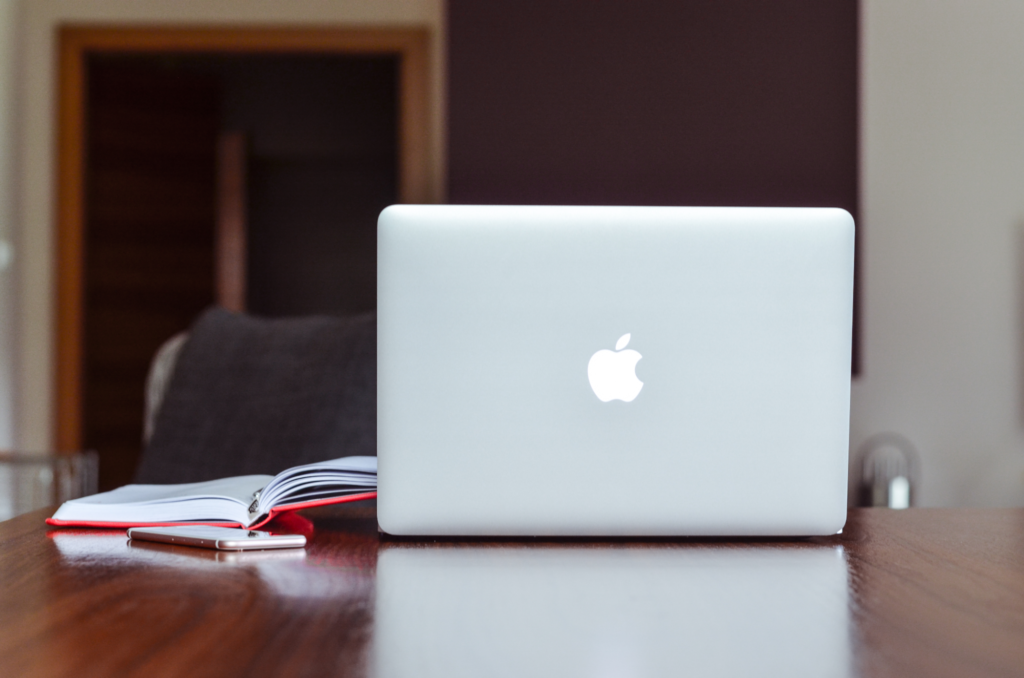Flyers have been a popular marketing tool for decades, serving as an effective way to promote events, businesses, and causes. While digital marketing has gained prominence, the power of a well-designed free flyer maker, created at https://create.vista.com/create/flyers/, should not be underestimated. In this blog post, we will explore the art of creating eye-catching flyers that grab attention, engage the audience, and deliver your message effectively.

Understanding Your Purpose and Target Audience
Before you start designing your flyer, it is essential to have a clear understanding of your purpose and target audience. Define your objective: Are you promoting a sale, announcing an event, or launching a new product? Knowing your purpose will guide your design choices. Similarly, identify your target audience and tailor your flyer’s content and design to appeal to their interests, needs, and preferences.
Crafting a Compelling Headline and Message
The headline is the first element that captures attention, so make it compelling and concise. It should clearly communicate the main benefit or highlight of your flyer. Use bold fonts, vibrant colors, or creative typography to make it visually appealing. Alongside the headline, craft a clear and concise message that supports your purpose. Use persuasive language and ensure the text is legible and easy to read.
Choosing the Right Color Scheme and Typography
Colors play a vital role in grabbing attention and evoking emotions. Select a color scheme that aligns with your brand identity or the theme of your event. Bold and contrasting colors can make your flyer stand out, but ensure they harmonize well. Experiment with different font styles and sizes to create a visual hierarchy. Choose fonts that are easy to read and match the tone of your message.
Designing Eye-Catching Graphics and Imagery
Visual elements are crucial to capturing attention and conveying your message effectively. Incorporate high-quality images, illustrations, or graphics that align with your purpose and target audience. Use visuals strategically to enhance your message, break up text, and guide the reader’s eyes through the flyer. Ensure the graphics are of high resolution and well-optimized for printing.

Layout and Composition: Balancing Elements
The layout and composition of your flyer play a significant role in guiding the reader’s eyes and creating a visually appealing design. Divide your content into sections and use grids or columns to maintain consistency. Balance text and visuals to avoid overwhelming the reader. Pay attention to white space, which helps create a sense of clarity and allows the important elements to stand out.
Incorporating Call-to-Action
A well-designed flyer should include a clear call-to-action (CTA) that prompts the reader to take the desired action. Whether it’s visiting a website, calling a phone number, or attending an event, make your CTA prominent and easy to understand. Use action words and design elements like arrows or buttons to draw attention to the CTA. Ensure the contact information is easily accessible.
Selecting the Right Paper and Printing Options
Choosing the right paper and printing options can significantly impact the overall look and feel of your flyer. Here are some factors to consider when making these choices:
Paper Weight and Finish: The weight of the paper determines its thickness and durability. Consider the purpose and distribution method of your flyer when selecting the paper weight. For example, a lightweight paper may be suitable for handouts, while a heavier stock may be preferable for flyers displayed on bulletin boards. Additionally, the paper finish can add a subtle touch to your design, such as a matte finish for an elegant look or a glossy finish for vibrant colors.
Size and Format: Determine the ideal size and format for your flyer based on your content and target audience. Common sizes include A4, A5, or letter-sized flyers. Consider the available space for distribution and the level of detail you want to incorporate. For instance, a larger format may allow for more visual impact, while a smaller size could be more convenient for people to carry.
Printing Method: The printing method you choose can affect the cost, turnaround time, and quality of your flyers. Offset printing is a popular choice for high-volume printing, offering excellent color reproduction and cost-effectiveness. Digital printing is more suitable for smaller quantities or tight deadlines, providing quick turnaround times and flexibility for last-minute changes. Research local printing providers to find the best option that meets your specific requirements.
Unleash Your Creativity and Make an Impact
Creating eye-catching flyers requires a combination of artistic flair, understanding your audience, and effective messaging. By carefully considering your purpose, target audience, design elements, and distribution strategy, you can create flyers that stand out from the crowd and make a lasting impact. Embrace your creativity, experiment with different ideas, and let your flyer speak volumes about your brand or event.